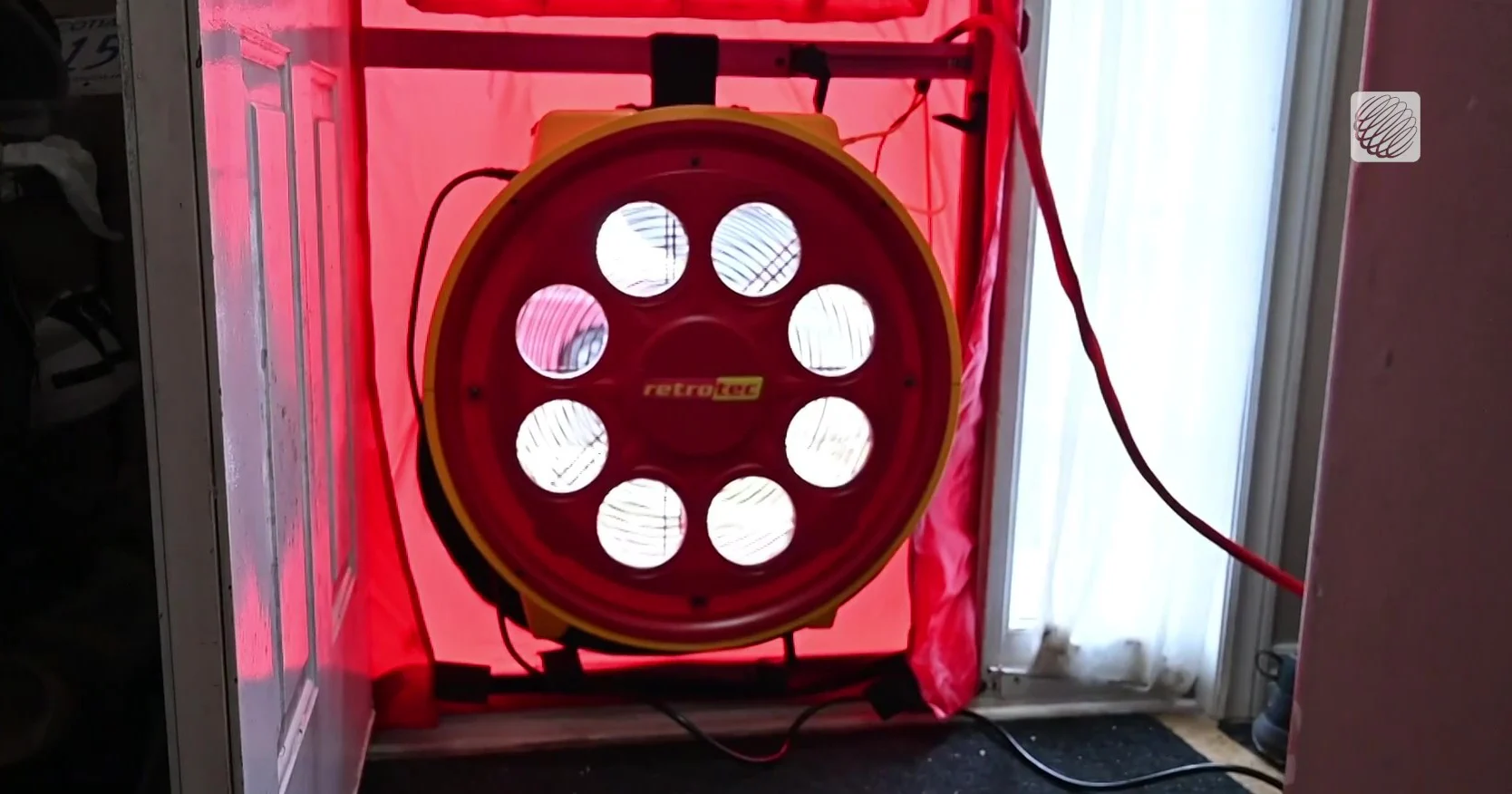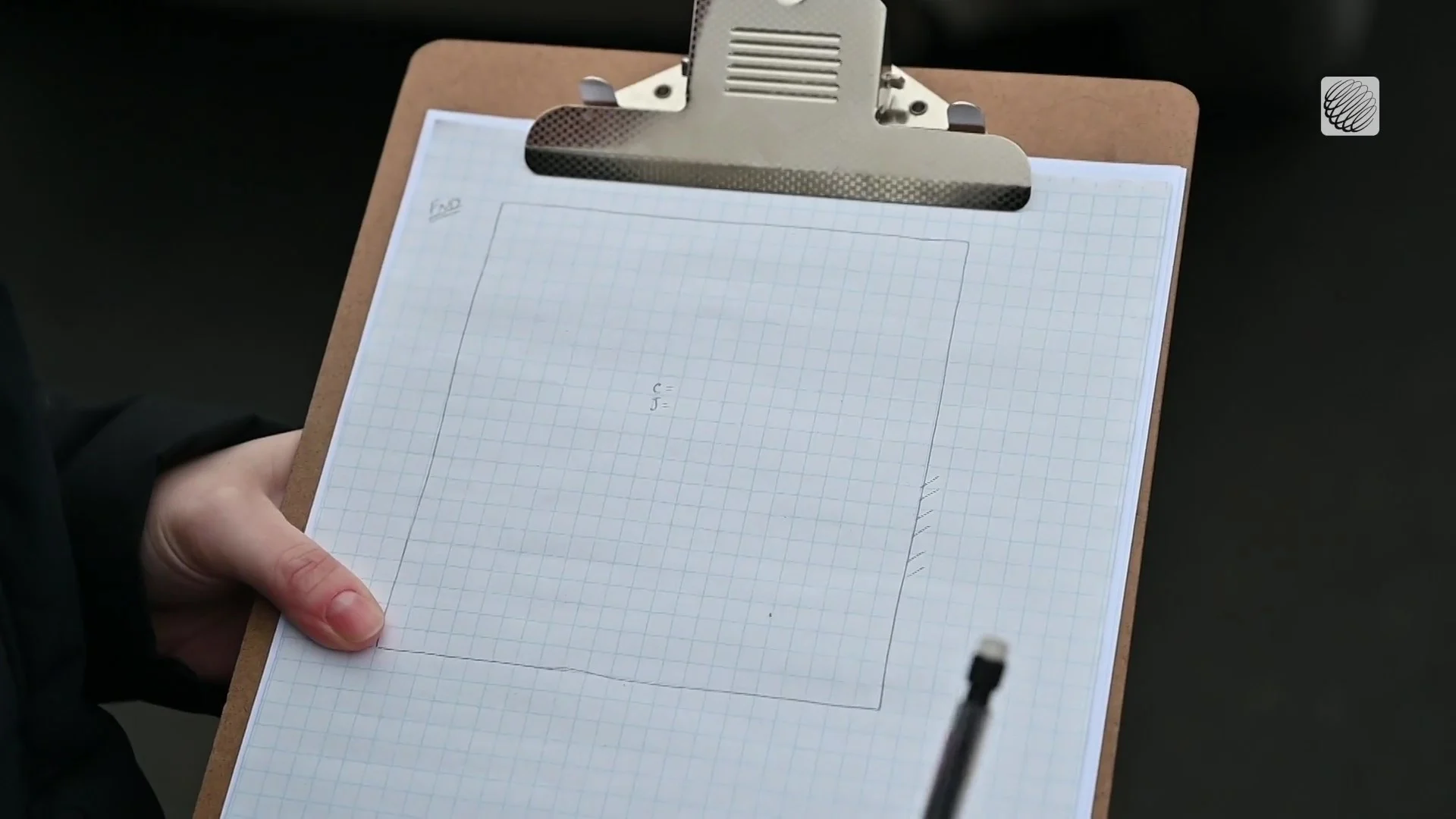
What you need to know about getting an energy assessment
Canada’s Greener Homes Grant piqued the interest of reporter Nathan Coleman, so he set out to see what was needed to apply for the $5,000 grant.
Switching to heat pumps as a source of home heating and cooling is a hot topic right now.
One of the ways to help with that transition in Canada is through the federal government’s Greener Homes Grant, which covers up to $5,000.
One of the first steps in that process is to get a home energy assessment — a step The Weather Network’s East Coast videojournalist Nathan Coleman recently took.
“I called Acumen Energy Consultants out to assess my home and see what retrofits would make me eligible for that cold hard cash,” Coleman explained. The audit itself can cost a couple hundred dollars, and there are resources to help find a provider in your location.
After taking measurements of the house, the evaluator covers the front door with a red tarp-like contraption and all air is removed from the house. They can then measure the total air leakage, which is monitored by seeing how fast the fan at the bottom of the door turns. Windows are also checked and measured for any leakage.

Taking notes and measurements to calculate the home's energy useage.
It turns out Coleman’s home wasn’t all that bad, with an energy usage of 72 gigajoules. Installing a heat pump could bring that number down even further, up to 17 gigajoules lower.
Reducing the energy consumption means that the house is more energy efficient, and will save homeowners money. The ultimate goal is to get the house to “net zero.”
Despite the grant, the cost of some of these upgrades can still be prohibitive for some people. Coleman said that he’s currently debating the ROI on the transition to a heat pump.
Watch the above video to find out more about the process.
Thumbbail image: A fan measures air leakage to calculate home heating inefficiences.











